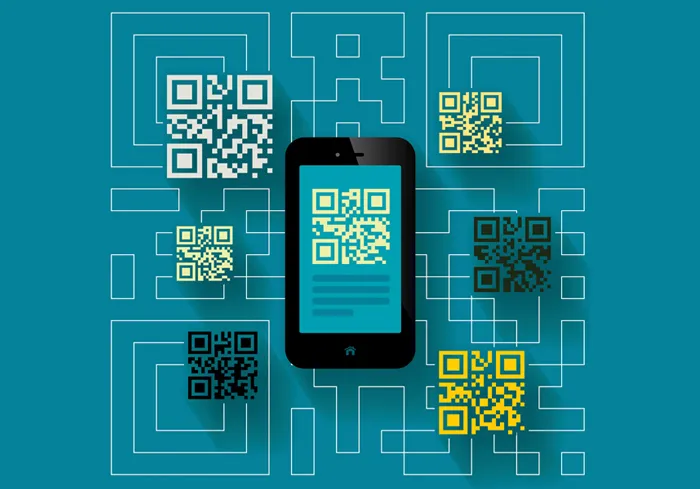
Saving electricity in the office is a simple yet effective way to reduce operating costs and promote sustainability. Small changes in energy habits can collectively make a big difference, benefiting both the environment and your budget. Here are practical and smart ways to conserve electricity in the workplace without compromising productivity or comfort.
1. Invest in Energy-Efficient Lighting
Lighting typically accounts for a significant portion of an office’s electricity use. Switching to energy-efficient options like LED lights can drastically cut energy consumption.
- Use LED Bulbs: LED lights use up to 75% less energy than traditional incandescent bulbs and last longer, reducing replacement costs.
- Install Motion Sensors: Motion-sensor lights automatically turn off in unoccupied spaces like restrooms or meeting rooms.
- Maximize Natural Light: Arrange workstations near windows to take advantage of daylight, reducing the need for artificial lighting during working hours.
2. Upgrade to Energy-Efficient Office Equipment
Old or inefficient equipment can drain power unnecessarily. Upgrading to modern, energy-saving devices can reduce your electricity bill significantly.
- Use ENERGY STAR Devices: Computers, printers, and other equipment with ENERGY STAR ratings are designed to consume less energy.
- Enable Power-Saving Modes: Ensure all office devices, including monitors and printers, are set to energy-saving modes when idle.
- Consolidate Devices: Opt for multifunctional devices, like an all-in-one printer, which consume less energy than using separate devices for different tasks.
3. Optimize HVAC Usage
Heating, ventilation, and air conditioning (HVAC) systems are often the biggest energy consumers in offices. Optimizing their use can save a lot of electricity.
- Regular Maintenance: Dirty filters or poorly maintained HVAC systems work harder and consume more energy. Schedule regular servicing to ensure optimal performance.
- Programmable Thermostats: Use smart thermostats to set temperatures based on office hours, ensuring the system isn’t running when the office is empty.
- Seal Leaks: Inspect doors and windows for drafts and seal them to prevent loss of conditioned air.
4. Promote Smart Computer Use
Computers and related peripherals are essential in offices but can be major energy drains if not used wisely.
- Shut Down When Not in Use: Encourage employees to turn off their computers at the end of the day instead of leaving them in standby mode.
- Use Laptops Instead of Desktops: Laptops consume significantly less energy than desktop computers.
- Unplug Unused Devices: Plugged-in devices draw power even when turned off. Use power strips to make it easier to unplug multiple devices at once.
5. Implement an Energy-Saving Culture
Office-wide cooperation is crucial for achieving meaningful energy savings. Build awareness and encourage energy-conscious behavior among employees.
- Conduct Energy Audits: Regular audits can identify energy wastage and provide insights for improvement. Consulting a professional electrician in Melbourne during audits can help address electrical inefficiencies effectively.
- Create Awareness Campaigns: Educate staff about the importance of saving electricity through posters, workshops, or newsletters.
- Introduce Rewards Programs: Recognize and reward employees or teams who actively contribute to energy savings.
6. Use Smart Technology for Energy Management
Automation and smart technology can streamline energy management and ensure optimal electricity use.
- Install Smart Plugs and Timers: These allow devices to be turned off remotely or on a schedule, reducing standby power consumption.
- Automated Lighting Systems: Advanced systems can adjust lighting based on natural light levels or occupancy.
- Energy Monitoring Software: Track electricity usage in real-time to pinpoint inefficiencies and identify savings opportunities.
7. Adjust Work Schedules and Habits
Simple adjustments to work schedules and habits can lead to considerable energy savings.
- Flexible Work Hours: Allow employees to work during daylight hours to reduce lighting and HVAC needs.
- Remote Work Options: Fewer people in the office mean lower electricity consumption. Encourage work-from-home policies where applicable.
- Encourage Breaks: Turn off equipment in break rooms when not in use and encourage staff to unplug devices during breaks.
8. Green Your Office Design
Thoughtful office design can make a workplace more energy-efficient.
- Use Energy-Efficient Windows: Double-glazed or low-emissivity windows reduce heat transfer, minimizing HVAC use.
- Add Plants: Indoor plants can improve air quality and reduce the need for air purifiers.
- Optimize Layout: Place heat-generating equipment, like printers, in well-ventilated areas to avoid overloading cooling systems.
9. Monitor and Reduce Phantom Loads
Phantom loads occur when devices draw power even when turned off or in standby mode.
- Use Smart Power Strips: These automatically cut power to devices not in use.
- Unplug Chargers: Ensure chargers for phones, laptops, and other gadgets are unplugged when not in use.
- Switch Off Monitors: Encourage employees to turn off monitors when stepping away from their desks.
10. Incorporate Renewable Energy
Transitioning to renewable energy sources can reduce dependency on electricity from the grid.
- Solar Panels: Installing solar panels on the office roof can generate clean energy, reducing electricity bills.
- Green Energy Plans: Opt for renewable energy plans from utility providers that focus on wind or solar energy.
11. Set Clear Policies for Energy Efficiency
Establishing formal policies ensures consistent energy-saving practices across the office.
- Turn Off Policies: Mandate turning off lights, devices, and HVAC systems after office hours.
- Set Temperature Guidelines: Standardize office temperatures to avoid overuse of heating or cooling systems.
- Encourage Remote Meetings: Reduce energy use by holding virtual meetings instead of in-person gatherings when possible.
12. Regularly Review Energy Bills
Frequent monitoring of energy bills can help identify unusual spikes in usage.
- Track Patterns: Compare bills month-to-month to spot anomalies.
- Investigate Spikes: Look into any sudden increase in electricity consumption to address the cause promptly.
- Set Goals: Create energy-saving targets based on the data to keep the office motivated.
13. Encourage Employee Feedback
Employees are on the frontline of daily office activities and may have valuable insights into energy-saving opportunities.
- Open Feedback Channels: Allow employees to suggest ideas for reducing energy consumption.
- Pilot Programs: Test new energy-saving initiatives suggested by staff before scaling them across the office.
- Recognize Efforts: Celebrate and share success stories to keep employees engaged in energy-saving goals.
14. Regular Maintenance for All Equipment
Proper maintenance of office equipment ensures efficiency and prevents energy wastage.
HVAC Systems: Clean and replace filters regularly to ensure smooth operation.
Office Appliances: Ensure devices like refrigerators and microwaves are functioning efficiently. For plumbing-related appliances, consulting a Tacoma plumber can help identify hidden leaks or inefficiencies.
Electrical Wiring: Periodic checks can prevent energy loss due to faulty wiring.
Conclusion
Saving electricity in the office doesn’t require drastic measures or major investments. By implementing smart strategies, such as using energy-efficient lighting, optimizing HVAC systems, and encouraging energy-saving habits among employees, businesses can significantly reduce their electricity consumption. Not only does this benefit the environment, but it also contributes to lower operating costs, creating a win-win situation for everyone.
By fostering a culture of sustainability and leveraging smart technology, your office can set an example of responsible energy use, paving the way for a greener and more efficient workplace.










